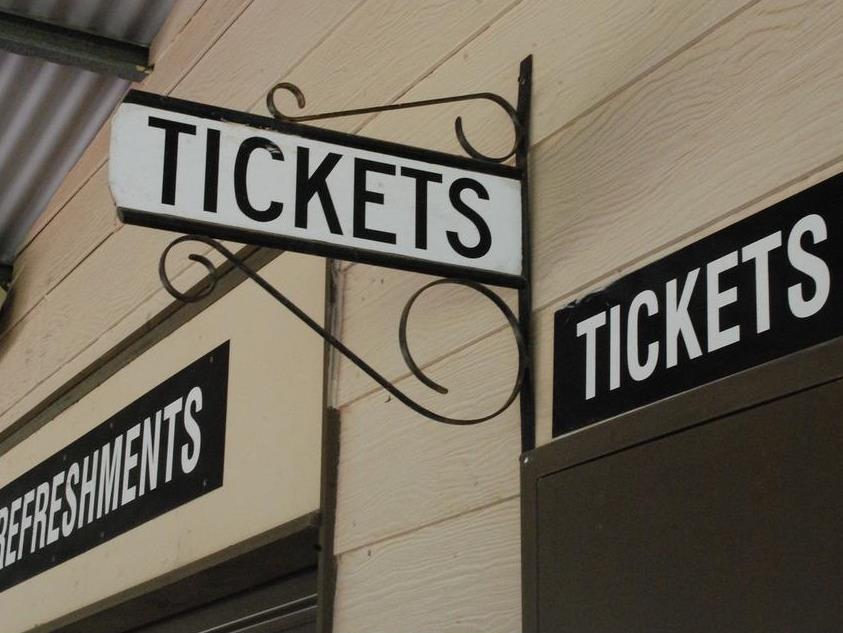Image: pixabay.com
Are theatre subscriptions dying out? It’s a question being asked by theatre professionals across the USA. Subscriptions are a huge source of financial support there, providing invaluable upfront revenue as well as nurturing relationships with loyal customers. But their popularity and sustainability are now in question.
The subscription model allows theatre customers to buy a regular pass to a season of shows or concerts, going as far as picking the same seat for each performance. They are frequently used outside of big cities where choice is more limited and local customers know they will want to see all the performances that year. They often renew automatically on an annual basis, meaning customers can hold subscriptions for many years at a time.
While it looks like a safe proposition, US theatre professionals are debating whether the idea of a ‘season ticket for the arts’ is outdated. Many theatres report that subscription revenues are in decline. However the apparent drop in numbers is arguably offset by the fact that these customers tend to be very highly engaged.
I spoke with Keri Mesropov, VP of Client Services at US arts consultancy TRG Arts to gain insight into what’s happening in the US and extracted learnings for the theatre sector globally.
She believes that some theatres are unwittingly pushing subscribers out of their subscription programs because they can’t resource them properly. Subscriptions are about relationships and relationships require time and attention. Without investment, attention, consistency and simplicity of choice, many potential subscription customers are being lost.
‘Organisations that recognise the value of subscribers and the meaning of subscriptions to the overall sustainability of their organisation are seeing growth,’ she said. ‘Subscriptions are the arts version of the loyalty program, and as such they are still irreplaceable.’
Embrace flexibility, better data, and better systems
Every theatre handles subscriptions in a different way. Some opt to do everything online through their box office system, while others manage their subscriber relationships directly with their customers in person or over the phone. The key is to be as flexible as possible in terms of configuration. Subscription models have to be customised and designed to fit each theatre audience and the organisation’s individual needs.
While individual contact with customers makes it more personal and direct, therefore creating the potential for a longer-term relationship, for some organisations it’s too much of a strain on resources. In certain scenarios, and depending on the value of the subscription, it might be. Many theatres could make things easier for themselves, and improve the experience for subscribers, by encouraging self-service.
In 2016 it really should be as easy for customers to buy a subscription online as it is to buy a ticket. Modern theatre-goers are modern consumers, are perhaps more reluctant than they were in the past to lock in their theatre schedules months in advance. Understanding current booking patterns and customer behaviour is essential to subscription program design.
You may well need to adapt your offer to include, for instance, multibuys, where customers can select the middle ground between single tickets and the full commitment of an annual subscription. Encouraging multibuys by cross-selling throughout the purchase path is an excellent way to maximise the value of individual transactions. This can be done sensibly in an uncluttered way, much like an online grocer like Ocado does when you do your weekly shop.
Despite the variety of ways organisations use subscriptions, the goal is always the same; create great offers and user-friendly processes that make it easy to drive loyalty. We are seeing some innovative use cases already, like using a multi-buy feature to implement more flexible subscriptions, or buying different seats for each show in a season, or even securing a seat for a yet-to-be-announced season. These are all interesting and suggest the subscription model hasn’t yet seen the twilight.
Balancing innovation with usability is essential for theatres that are committed to the subscription model and want to see it work in the future.





